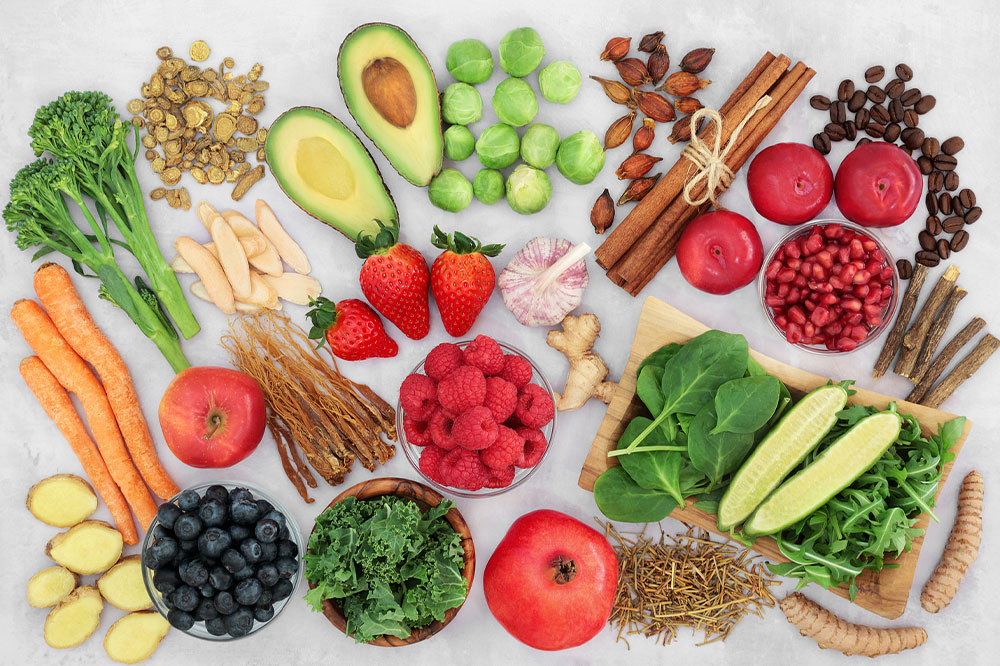
20 worst cities for asthma sufferers
Around 25 million people in the country suffer from asthma, and it’s the leading chronic disease in children. While this condition cannot be cured, it can be managed by treating the symptoms and taking steps to prevent the triggers, risk factors, and causes of asthma attacks. Herein, we list 20 cities that have been named as the worst places for asthma patients, and 18 of these cities are on the East Coast. 20 cities with the highest asthma cases 1. Allentown, PA 2. Baltimore, MD 3. Richmond, VA 4. Milwaukee, WI 5. New Haven, CT 6. Cleveland, OH 7. Philadelphia, PA 8. Dayton, OH 9. Oklahoma City, OK 10. Tucson, AZ 11. Worcester, MA 12. Springfield, MA 13. Columbus, OH 14. Birmingham, AL 15. Detroit, MI 16. Louisville, KY 17. Hartford, CT 18. Boston, MA 19. Fresno, CA 20. Greensboro, NC The Asthma and Allergy Foundation of America (AAFA), has listed a number of risk factors and causes that have driven these 20 cities to have the highest rate of asthma. These factors and causes are Poverty People in lower-income groups are more prone to having poor housing quality, polluted location (near highways), and inaccessibility to quality treatment, and they would consequently be more prone to being affected by asthma.
Read More 










